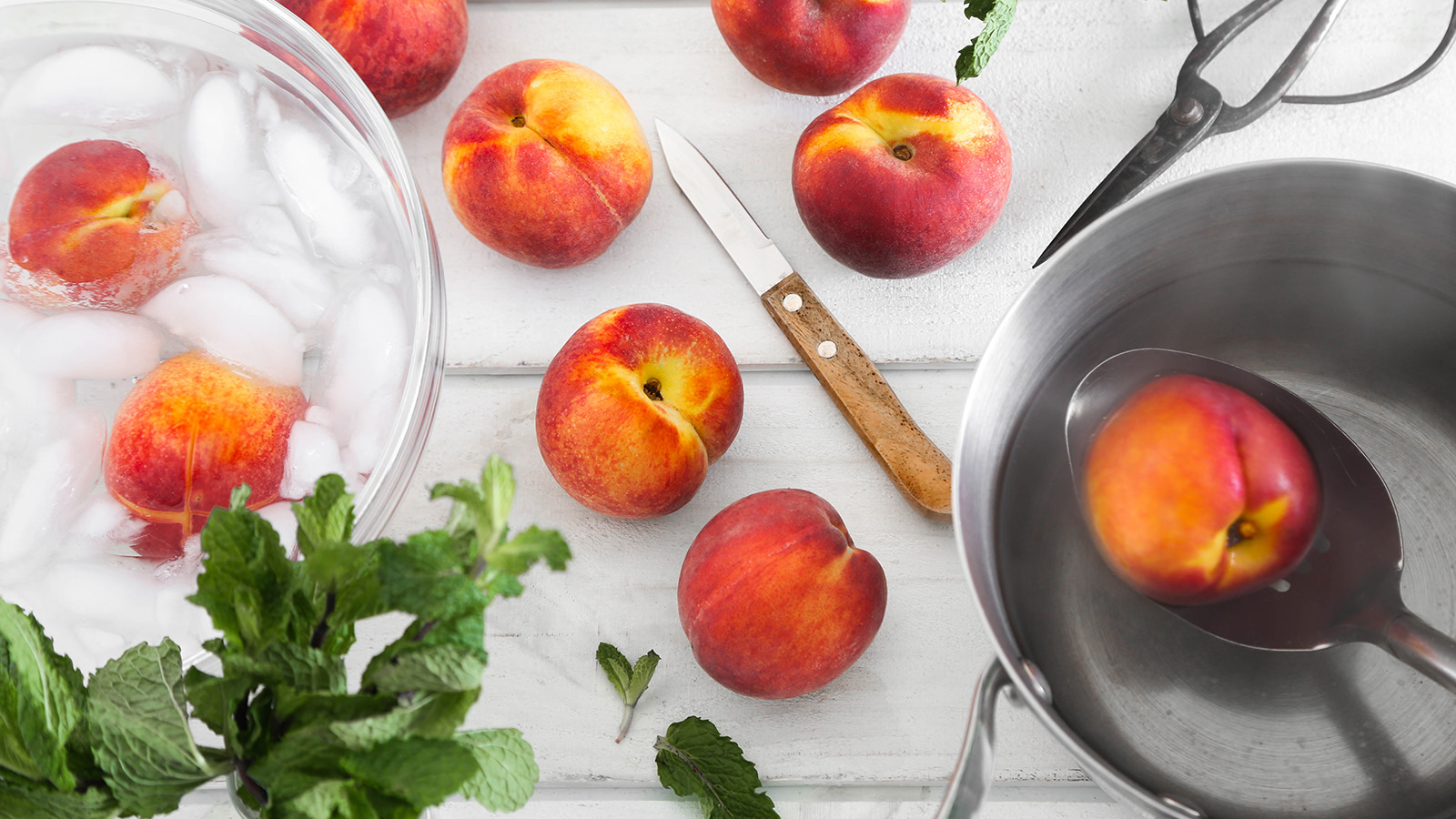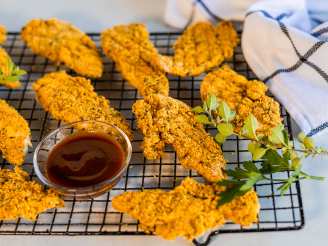Spicy Pork & Shrimp Pho Ramen

- Ready In:
- 1hr
- Ingredients:
- 30
- Serves:
-
4
ingredients
- 16 ounces beef broth
- 16 ounces water
- 1 1⁄2 tablespoons beef bouillon
- 1 1⁄2 tablespoons shiro miso
- 1 teaspoon ground sichuan pepper
- 1 teaspoon ground black pepper
- 1 pinch cinnamon
- 1 pinch clove
- 1 teaspoon fennel seed
- 2 tablespoons ponzu sauce
- 2 tablespoons mirin
- 2 tablespoons peanut oil
- 6 garlic cloves
- 1 small white onion
- 6 scallions
- 1 1⁄2 inches fresh ginger
- 15 basil leaves
- 2 tablespoons cilantro
- 8 ounces pork tenderloin
- 1 jalapeno
- 4 ounces rice noodles
- 8 jumbo shrimp
- 1 teaspoon ramen soup mix
- 1⁄2 sheet nori (dried seaweed)
- 1 tablespoon valencia orange peel
- 4 teaspoons ground cayenne pepper
- 2 teaspoons sesame, seed
- 1 teaspoon ground ginger
- 1 teaspoon poppy seed
- 1⁄4 teaspoon white pepper
directions
- NOTE: The ingredients at the end (from the Ramen Soup Mix on down) of the ingredients list are what you need to add the below two ingredients. But unfortunately the Foods.com database doesn't recognize Togarashi and Hondashi powder. I put them in here for you so you can make your own. But really, just buy Togarashi and Hondashi powder, it is far better --
- 1 teaspoon of Togarashi Powder.
- 1 teaspoon of Hondashi powder.
- Step 1: Prepare the Pork Loin and Chill.
- Prepare a pork loin marinade the same was as this recipe (@230339), but resist the temptation to eat it on the spot! (Maybe make two and then save the second one?).
- Sear on the outside only, do not cook through (it should be essentially raw in the middle). After seared, put it in the refrigerator to cool. Then after it is cold (maybe a few hours, or over night) put it in the freezer for about 30 minutes before you slice, as it will be too soft to get really thin slices.
- Once the pork has slightly frozen to give it a firmer texture, slice very thinly. It should be slightly raw in the middle, so you want to cut thin to allow it to cook in the broth when you serve it.
- Take the pork out of the refrigerator/freezer and after it is sliced thin, lay it out on a plate before doing anything else in this recipe, so it gets to room temperature by the time you serve. Cover it with foil or plastic wrap until ready to serve.
- Step 2: Prepare the Spices.
- Take all the powdered spices, mix them together, and grind them, especially the fennel seeds to a powder. The finer you make this powder the better.
- Grind ginger root down using a grater, or just slice.
- Add all the spices to a small pan and toast the spices slightly. Then add the water to that pan and simmer until the rest of the stock is ready.
- Step 3: Prepare the Vegetables.
- Slice the onion into strips about 1 inch, no more.
- Slice all the garlic. I like to leave them in thin slices that look like tiny medallions, but you can either mince or cut as you like. I suppose if you just crushed them slightly and left them whole, that would be fine too, if you want to remove them after.
- Separate the whites from greens on the scallions, and then slice all into tiny rings. Use the whites in the early part of the recipe, and reserve the greens to add to the soup raw.
- Slice the basil down into chiffonade ribbons and cut in half again.
- Remove stems and rough chop the cilantro.
- Boil, rinse, chill 2 servings or so of your favorite ramen or Asian noodles for soup. I use Thai Kitchen Thin Rice Noodles, prepared as the package directs. Typically we only have half the package for this size soup.
- Step 4: Now that all the prep is done, lets make the stock!
- Put the 2 tablespoons of peanut oil in a wok or Dutch Oven style pot and heat to shimmering.
- Add the white onions and the scallions, as well as the jalapeno pepper, sauté until the onions are just beginning to get translucent, about 3 minutes.
- Add the garlic to the pot and sauté for another 2 minutes.
- Add the beef stock, beef paste, and the water.
- Heat all to a boil and then reduce heat to medium high (a high simmer).
- Add the liquid ingredients Ponsu, mirin, etc.
- Take the spiced water, and use a strainer to transfer all the water into the soup base. The strainer is just to get the larger bits of ginger or fennel out if you like. However, you can certainly not strain if you like. (I never strain it, but my wife doesn't like the bits of fennel or ginger in the soup.).
- Step 5: Prepare the Noodles.
- Boil the noodles according to the directions, but cook them just a bit shy of done so that they are springy, not mushy.
- You can boil some finely cut broccoli or other vegetables you might like into the noodles if you have a desire for that. I sometimes do, or might add carrots and broccoli. By par boiling them in the water with the noodles, they are less likely to be wilted when you serve the soup.
- Rinse with cold water to stop the cooking and set aside.
- Step 6: Prepare your bowls.
- Make sure you select deep bowls, this is a dish that will need to set for a few minutes before you eat, and the stock should completely cover all ingredients you put in the bowl first.
- Take all the veggies, noodles, sliced pork, shrimp and basil and put in the bowls in the typical decorative style you see a pho bowl prepared. Don't over fill as this may affect the final cook of the pork and noodles.
- Step 7: Pour the Stock and Serve.
- Once everything is in the bowls, spoon or pour the soup base over the ingredients. Allow the water to finish cooking the pork before eating.
- Again, my wife is particular about the pork, so I will often toss the pork into the stock pot at the end for about 1 minute, just to make sure it is cooked through. But if you cut the pork thinly enough, and it is room temperature before hand, it should cook in about 1 to 3 minutes while the bowl is steaming in front of your guests.
- Step 8: Optional garnishes.
- Sometimes I find this is excellent if you add fresh raw bean sprouts in a pho style. Additionally, you can prepare a few marinated hard boiled eggs in the Japanese Ramen style. Also, the scallions you add at the end can be very heavy if you like it to have a bit of kick.
- Add A wedge of lime if you like, and possibly mint.
Questions & Replies
Got a question?
Share it with the community!
Reviews
Have any thoughts about this recipe?
Share it with the community!
RECIPE SUBMITTED BY
David Hawkins
Newport Beach, California
Started washing dishes in restaurants (the Moose Lodge to be precise) at 13. Worked at a bunch of Long Island restaurants from 14 to 18, did salad prep, sous, breakfasts, line, short order and whatever role was open. Loved it, and kept cooking when I went into the Army at 18. By 22, stopped cooking for work, but still cook at home a lot. Now, I actually think I am a better cook than ever, and have even considered opening my own restaurant some day.




